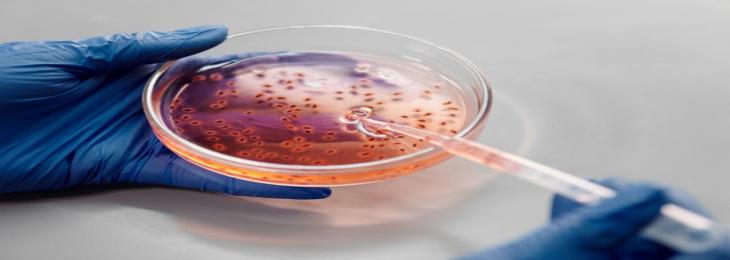
Scientists at University of Colorado Boulder, formulates first ever synthetic polymer that is similar to a DNA.
A team of scientists at the University of Colorado Boulder were successful in creating a synthetic form of molecules such as large DNA for the first time ever. Scientists focused on reversible bond interactions with self-correcting functions, which can not only create complex spiral-shaped covalent polymers that compete with nature, but also confirm their presence through crystal X-ray diffraction. X-ray diffraction is a powerful non-destructive method that can use light to characterize single crystal. Dynamic covalent chemistry, a chemical tool developed by the researchers, was used to formulate this polymer.
Scientists confirmed that they have what was previously impossible, by using single-crystal synchrotron X-ray diffraction. This discovery is said to be the begging for the scientists as well as the critical field of study. The researchers aim to dig deeper and explore the structure to observe if the crystals can be made larger than ever, and if they could regulate the chirality or spiral nature, of polymer and much more. Scientists could only solve part of the problem in the past, but the new discovery published in the Journal Nature Chemistry last week completed this discovery and may have chances to open this important but not yet fully explored field for this new research.
Synthetic polymer are available in many forms. These depends on their construction if they are helical or linear, the variety of strands, and the duration of the strands. Helical polymers and the double stranded polymers were the hardest to replicate synthetically, so far limited to short oligomers (a polymer with very few repeating units). Polymers are materials or substances crated by the accumulation of plenty smaller similar units (amino acids and glucose) bonding both synthetically or naturally. Synthetic polymers are created in laboratories with the help of plastic, whereas natural polymers are DNA, proteins, cellulose etc.






